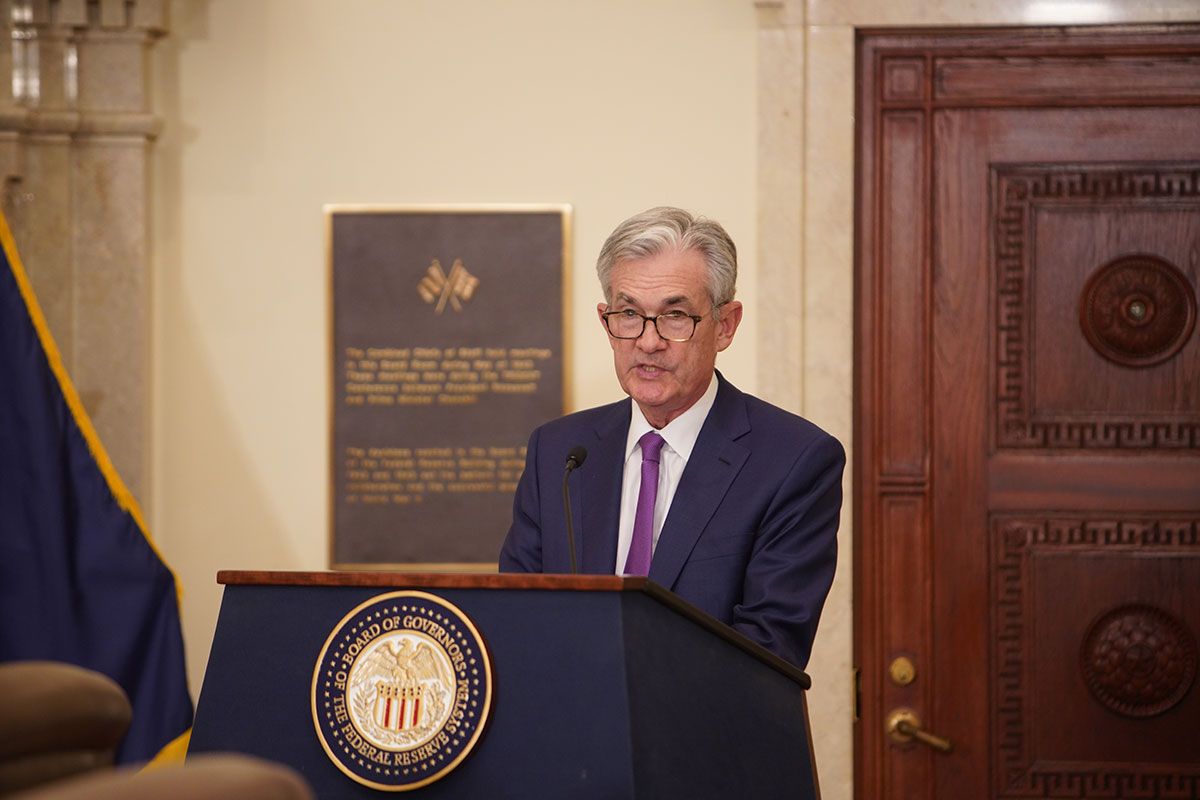Industry awaits Treasury responses on captive consultation as new UK regime moves one step closer

Feb 10 - (The Insurer) - Industry stakeholders are optimistic a UK captive regime will be in place by the end of next year following the end of a government consultation on the plans on Friday.
A panel assembled by The Insurer TV ahead of the consultation’s close welcomed progress to date on the initiative, with Airmic CEO Julia Graham praising HM Treasury’s efforts to understand the needs of stakeholders in the process.
“They've clearly done their homework. The people who wrote this consultation clearly have a pretty good idea about what they're talking about. I'm sure they've had some help along the way,” she said.
Graham added that there appears to be a “good knowledge and good willingness” to see the captives consultation through to a successful conclusion, but believes its policy implementation may take a while.
This sentiment was echoed by Stuart Herbert, managing director and captive consulting practice leader at Marsh Services in London.
Herbert said the next step was to get the framework put in place for the new regime, but warned this “may not be as quick as we all would hope”.
While he said the response from the Treasury will probably be reasonably fast, the process of getting the actual framework in place and approved will probably take slightly longer.
Size of the prize
Announced in November by UK chancellor Rachel Reeves, the Treasury consultation canvassed opinion on regulatory changes to the UK captive regime “to support the growth and international competitiveness of the UK’s insurance sector”.
“The main thing the government is trying to get to is, what does a really good regime look like?” explained Caroline Wagstaff, CEO of the London Market Group.
“In order to compete in what is a very, very busy market of jurisdictions, they're going to have to build something which is not just good, but better than good, and genuinely competitive.
“So a lot of the consultation questions they were asking were really designed to try and dig deep into what makes for a really great jurisdiction. What other jurisdictions can we learn from? What are people looking for?”
The consultation also looked to establish the “size of the prize”, and what demand exists for captives in the UK.
In a survey of Airmic members last month, 67 percent of respondents said their organisation already uses a captive. Among those that did not, 75 percent said their organisation was exploring the possibility of forming a captive now or in the future.
“We think there's actually a new market of organisations that trade out of the UK that would find this very attractive,” Graham said.
“I don't think there's going to be a big exodus of organisations from other existing captive jurisdictions, because it's a growing market, and it's a market that is by far not yet complete or saturated in the UK. But how can you be one of the leading financial centres in the world if you don't offer the complete package of financial risk transfer solutions?”
What next?
The Treasury is due to respond to the findings from the consultation later in 2025.
As noted above, Herbert believes the machinations of government will mean getting the framework in place and approved may take longer than hoped for.
“I think the next step is how quickly can we get it deployed, in a reasonable framework,” he said. “So, I would hope for this year but, the pessimistic me says probably sometime next year.”
Wagstaff reiterated how important it was for the industry and its customers that the reforms go ahead.
“If the UK is to remain the global centre of risk transfer, we have to offer our customers all the tools in the toolkit,” she said.
“We should be doing it. We need it for our customers. UK businesses have told us that if the regime was there, there would be great advantages to having their captive in the same jurisdiction as the rest of their business. But let's take it one step at a time.”





